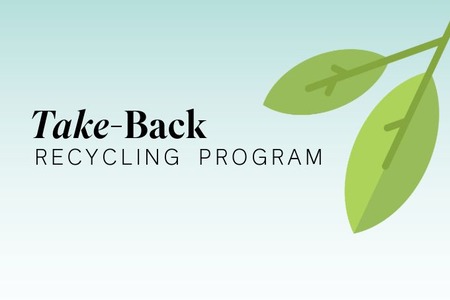
Home textile producers from Faisalabad in crisis for the second time in seven years
YarnsandFibers News Bureau 2015-03-31 10:00:00 – FaisalabadGlobally, depreciation of the euro and the crisis in the eurozone, as well as plummet in international cotton prices has adversely affected export of home textiles and finished fabrics put a majority of home textile producers from Faisalabad in trouble. This is the second time in seven years that home textiles manufacturers from Faisalabad are in the midst of a crisis.
As overseas shipments of most home textiles has continued to slump over the last one year, a majority of home textiles producers are compelled to significantly cut their production and some to shut their shop.
Domestically, the exporters have run up large losses owing to the rupee’s revaluation and the higher-than-regional energy prices and their shortage.
According to Sheikh Ilyas Mahmood, the chief executive officer of Dawood Exports, the trouble began a year ago when the government forced the rupee to appreciate and cotton prices fell, causing massive inventory losses for the manufacturers.
The crisis in the Baltic region on the back of the Russia-Ukraine face-off and the decline in the value of major currencies, particularly the euro, has further compounded the industry’s woes.
Exports of home textiles are expected to further decline this year in terms of both their dollar value and quantity, said Mahmood, a manufacturer and exporter of textile fabrics and made-ups.
At least half of the home textile production capacity in Faisalabad has closed down and the other half is in soup.
In 2008, several large, debt-laden producers went bankrupt and thousands of jobs were lost because of weakened demand, especially of high-end products, following the global financial crisis.
The former chairman of the Pakistan Textile Exporters Association (PTEA) warned that if the crisis in Europe lingers and they don’t get enough business in the next couple of months for their winter requirements, many more factories could face bankruptcies.
The industry cannot come out of the current situation without cooperation from the government. There are many ways that the government can help the industry. One of the ways is by removing the domestic impediments to production and force down production costs.
The government should cut power prices to the regional average of Rs8 per unit from the present Rs12 and provide cash subsidy to exporters to keep their cost of production down and help them stay competitive in the international markets. The textile industry cannot survive anywhere without help from the government.
Ever since Pakistan received GSP Plus-related trade concessions from the European Union, India has announced several incentives and cash subsidies for its textile manufacturers to undercut Pakistan’s exports to the EU market.
Almost every textile producing country is incentivizing its industry because of the sector’s potential to create jobs and earn foreign exchange. No government uses this industry to collect taxes or generate revenues.
PTEA chairman Sohail Pasha concurred with his predecessor’s view and pointed out that instead of helping the industry survive through the current difficult times, the government is creating difficulties for the exporters by withholding their tax and other refunds.
Pasha, whose own overseas shipments have dropped to one-third of their peak, warned of further decline in textile exports if the government did not take action to help it reduce its cost of doing business by reducing energy prices, providing cash export rebates and paying their refund claims.
An uncertain energy outlook and the liquidity crunch caused by the delay in the release of their refunds do not let manufacturers make any commitment with their customers even with orders. This makes it difficult to survive and compete with their rivals in the global markets.
The government owes the textile industry Rs67bn: almost Rs45bn in tax refunds and Rs22bn on account of unpaid cash subsidies announced in the previous textile policy. This amount is almost one-quarter of their working capital.
Market Intelligence
Ask for free sample Report

experience
Customer Base
dedicated team
Countries Served Worldwide









